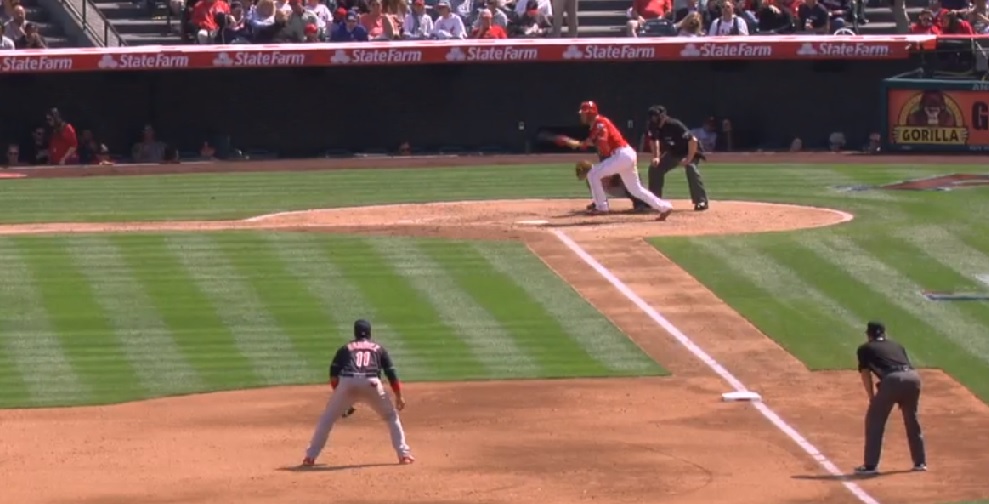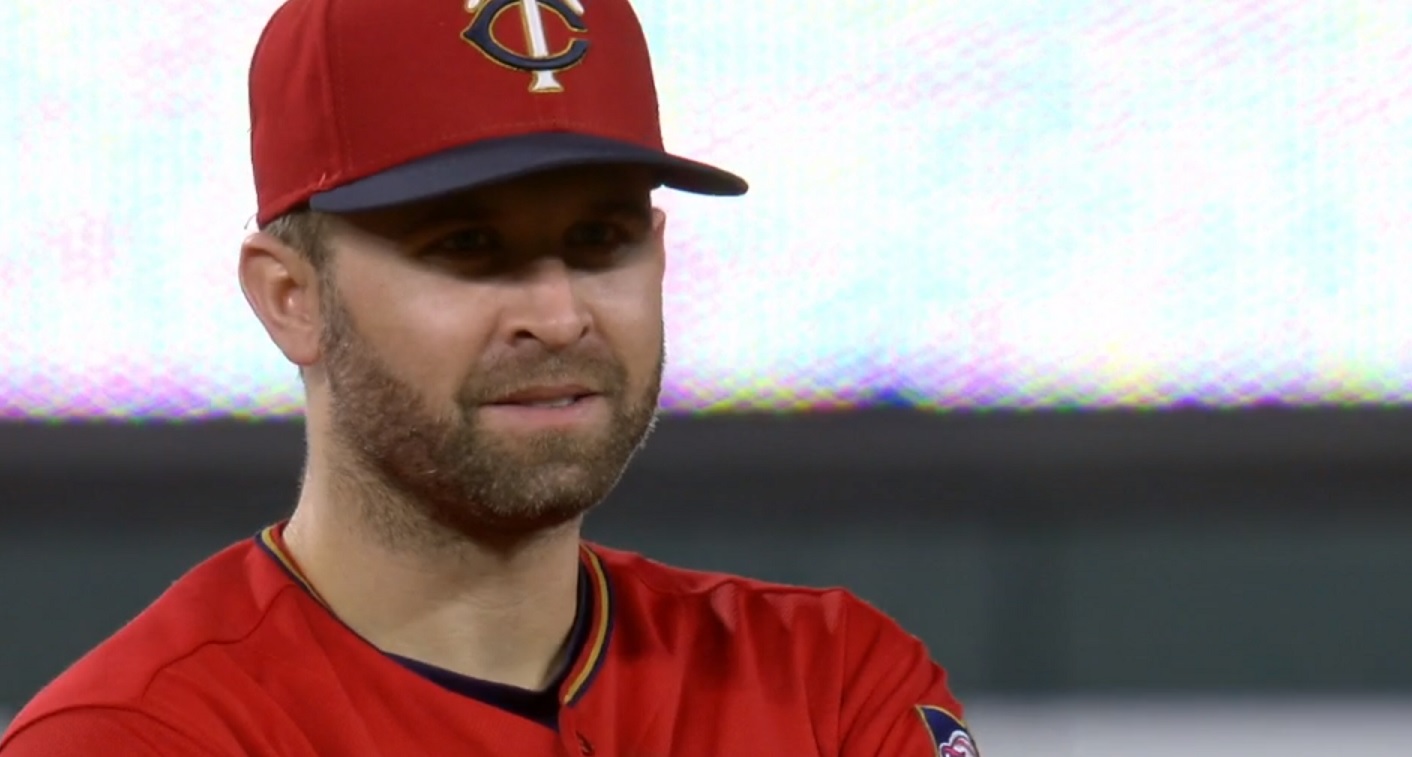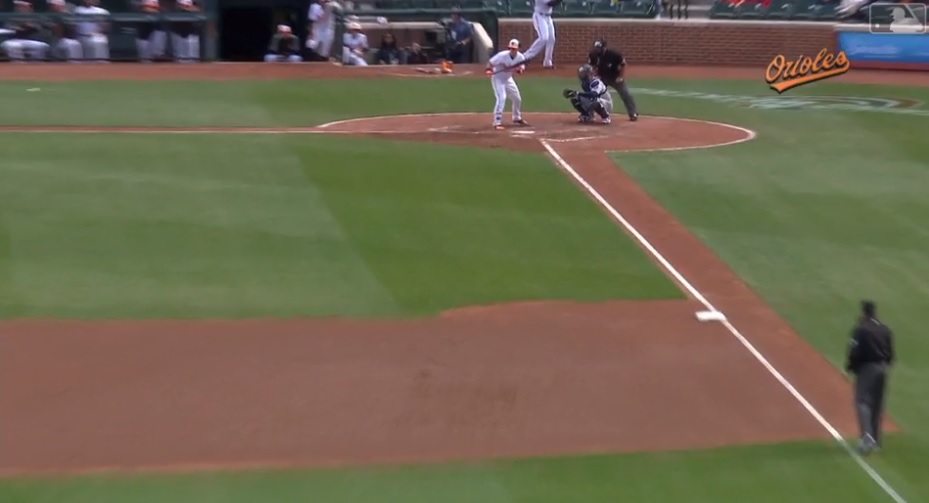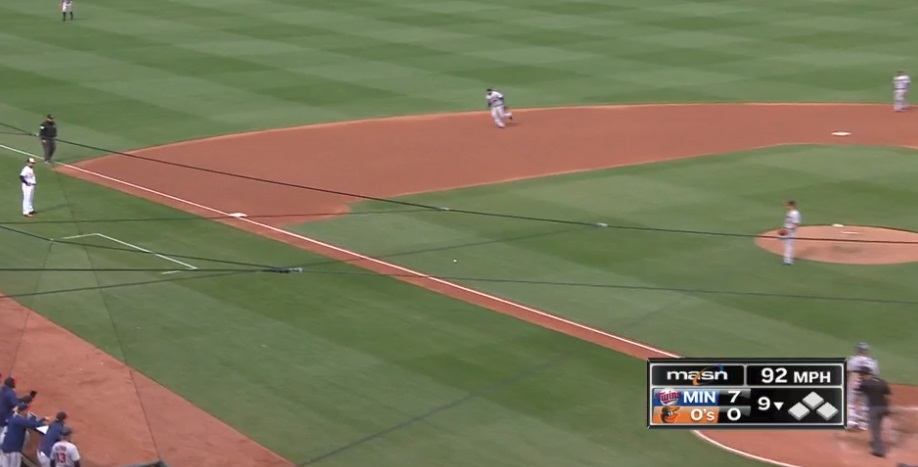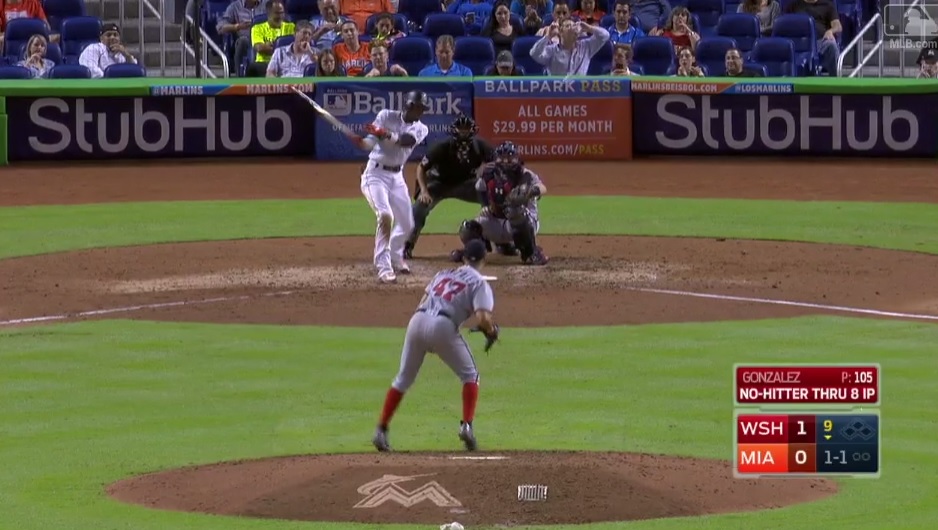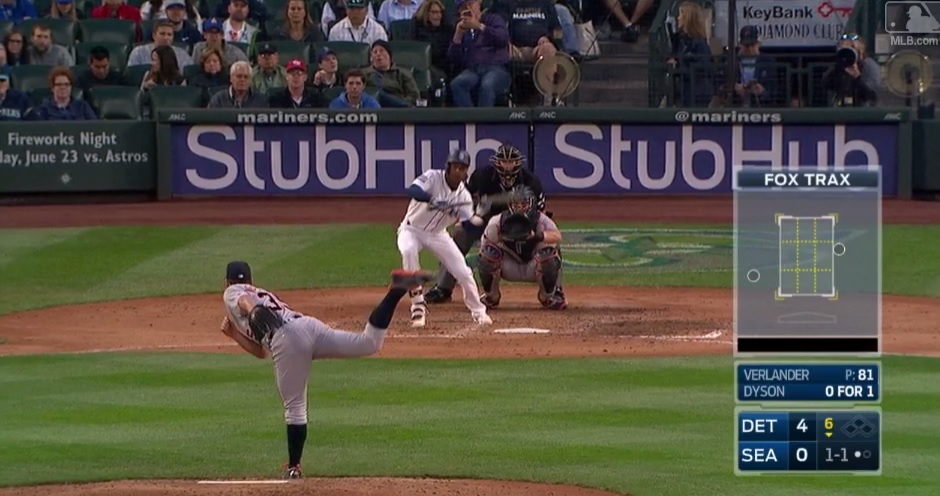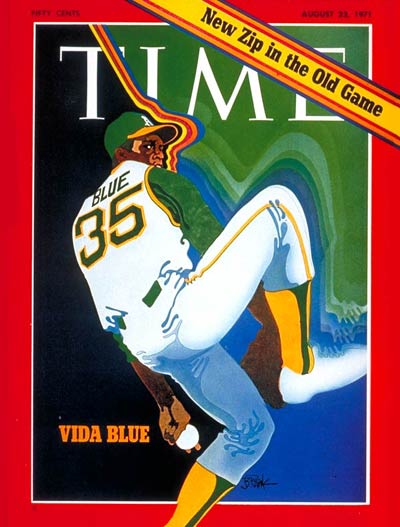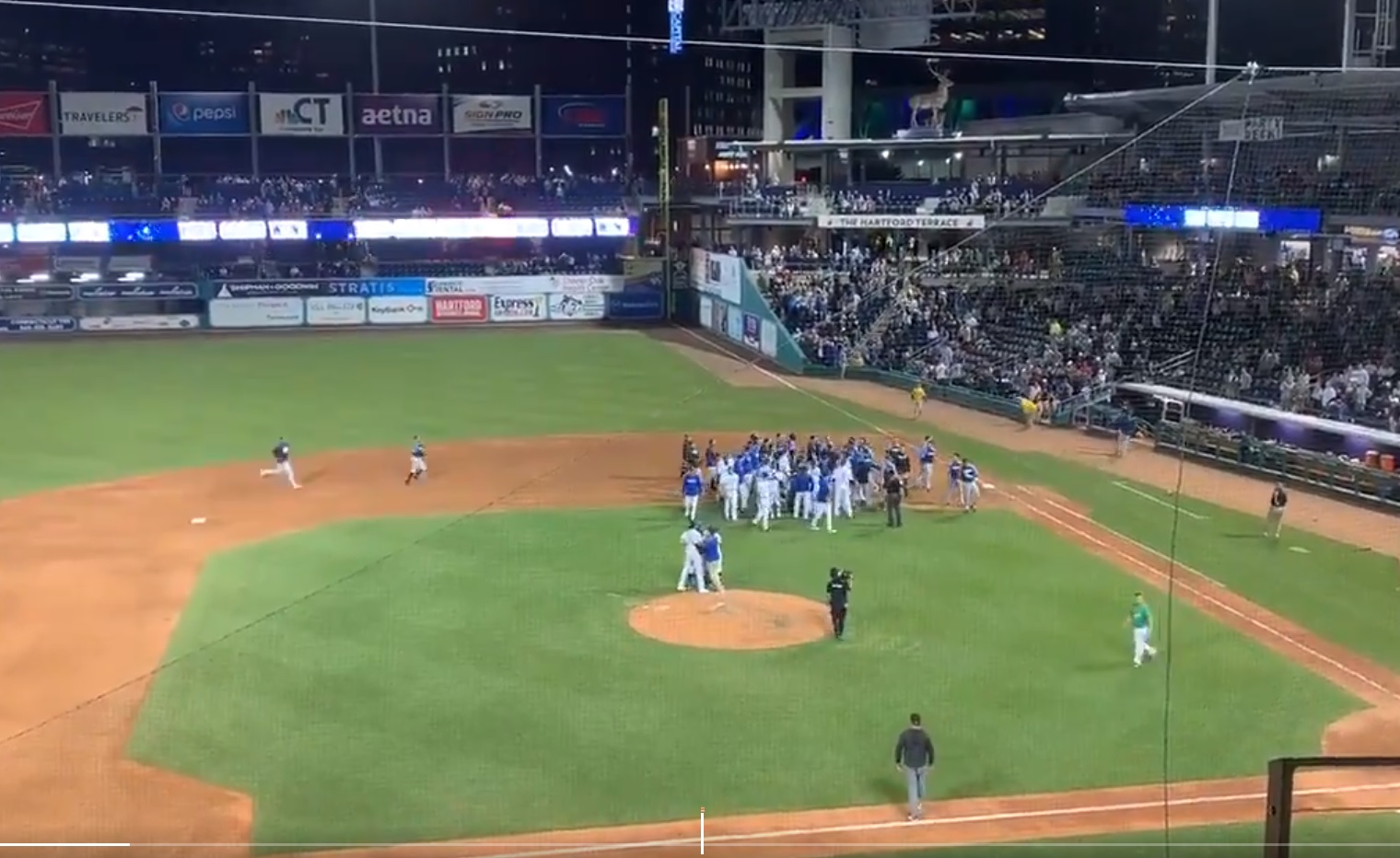
Finally, we have some unwritten-rules stuff in baseball that doesn’t involve bat flips or pitchers annoyed by bat flips or bat flippers annoyed by the fact that pitchers get annoyed by bat flips.
A minor-league game yesterday harkened back to one of the great moments in unwritten-rules history (as defined by something that seems utterly inconsequential being elevated to a level of national importance):
Bunting to break up a no-hitter.
The event we remember best in this regard happened back in 2001, when San Diego catcher Ben Davis broke up Curt Schilling’s perfect game by laying one down. Folks on the Arizona bench were irate. I went over this in some detail in The Baseball Codes, including a meaty excerpt of the section that ran on the 10th anniversary of the event.
Yesterday it happened again in a Double-A game between the Trenton Thunder and the Hartford Yard Goats. With one out in the ninth and his team having gone 0-for-25 to that point, Trenton’s Matt Lipka laid one down in front of surprised closer Ben Bowden, and beat it out.
Bowden quickly got the remaining two outs, but his teammates were disgruntled to the point of wanting to fight, which led to a postgame infield scrum before the teams could decamp for their respective clubhouses. No punches appear to have been thrown.
The idea behind the prohibition against such bunts is that players should not resort to trickery to avoid ending up on the wrong end of history. No-hitters don’t come around that often, and any pitcher dominant enough to take one late into a game deserves the opposition’s best effort, not some weasely backdoor attempt to slap a hit on the board in any way possible.
This kind of thing happens far more frequently than one might think.
As with Ben Davis’ bunt against Schilling 18 years ago, of course, there were some mitigating factors in Hartford.
For one thing, it wasn’t one Hartford pitcher having an all-time dominant day, but four: right-hander Rico Garcia pitched the first six innings, followed by one frame each by a trio of relievers. Two Trenton runners had already reached base earlier in the game on errors
Far more importantly, the score at the time of the bunt was only 3-0. By reaching safely, Lipka put the tying run on deck and got Bowden into the stretch. After more than eight innings of baseball, it was his team’s best chance to get back into the game. (In case you haven’t already clicked the above link, Davis’ bunt came in a 2-0 game, and Schilling didn’t hold it against him.)
Ultimately, as with any unwritten rule, winning trumps the Code. Just as close games serve to stifle retaliatory tendencies, they also allow players to get away with some tactics that would never play with a different score.
Even, it appears, in the minors.
Update, 6/7: Well, that took a dark turn. Some fans are nuts.


